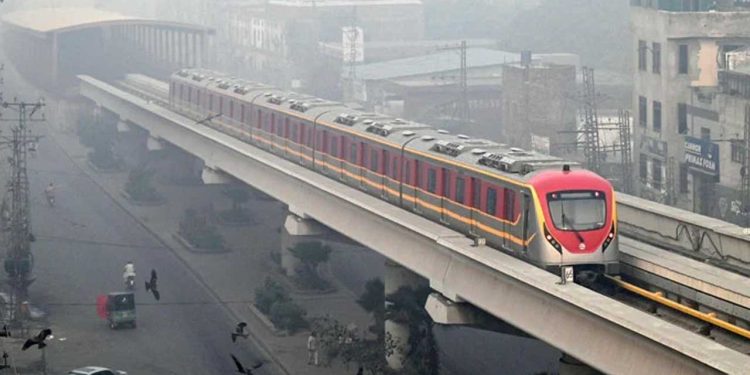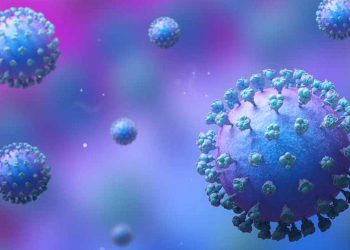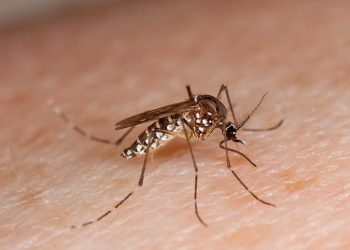LAHORE: The relentless smog in Punjab’s capital, Lahore, has paralyzed daily life as hazardous air quality levels push the city to the top of the global Air Quality Index (AQI). Early Thursday, Lahore’s AQI soared above 800, marking another day with dangerously polluted air that endangers public health.
According to IQAir, a Swiss air quality monitor, Lahore recorded an AQI level of 784 even after 9 a.m., cementing its position as one of the most polluted cities worldwide. Punjab’s Senior Minister Marriyum Aurangzeb cited cross-border pollution from neighboring India as a major contributor to the prolonged smog, with AQI levels frequently crossing 1,000 in recent weeks.
The choking smog has strained healthcare facilities, with rising admissions for respiratory illnesses reported across Lahore and nearby cities, including Multan, Kasur, Sheikhupura, and Gujranwala. Doctors have urged citizens to wear masks outdoors to reduce exposure to harmful pollutants.
In response to the crisis, the Punjab government has ordered all educational institutions in affected regions, including Lahore, Gujranwala, Faisalabad, and Multan, to shift to online classes until November 17. The directive also applies to tuition centers and academies. Announcing the decision, Minister Aurangzeb emphasized that this measure aims to protect children and families from severe air pollution, clarifying that the shift is not a holiday but a public health precaution.
Public spaces in Lahore now require mandatory mask-wearing, and both public and private offices have adopted a 50% work-from-home policy. Additionally, all government meetings are to be conducted online to minimize exposure to hazardous air.
To tackle the smog crisis, Punjab has set specific goals for health, agriculture, and environmental departments. The newly formed “Smog War Room” operates 24/7, monitoring air quality and coordinating pollution control efforts across the province.







